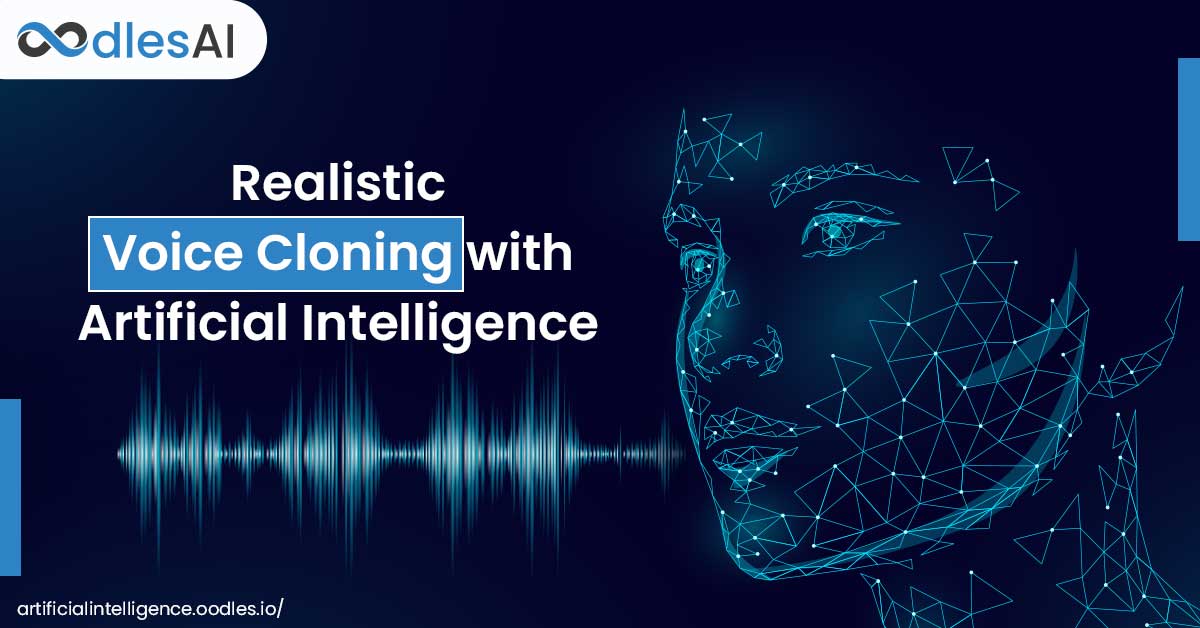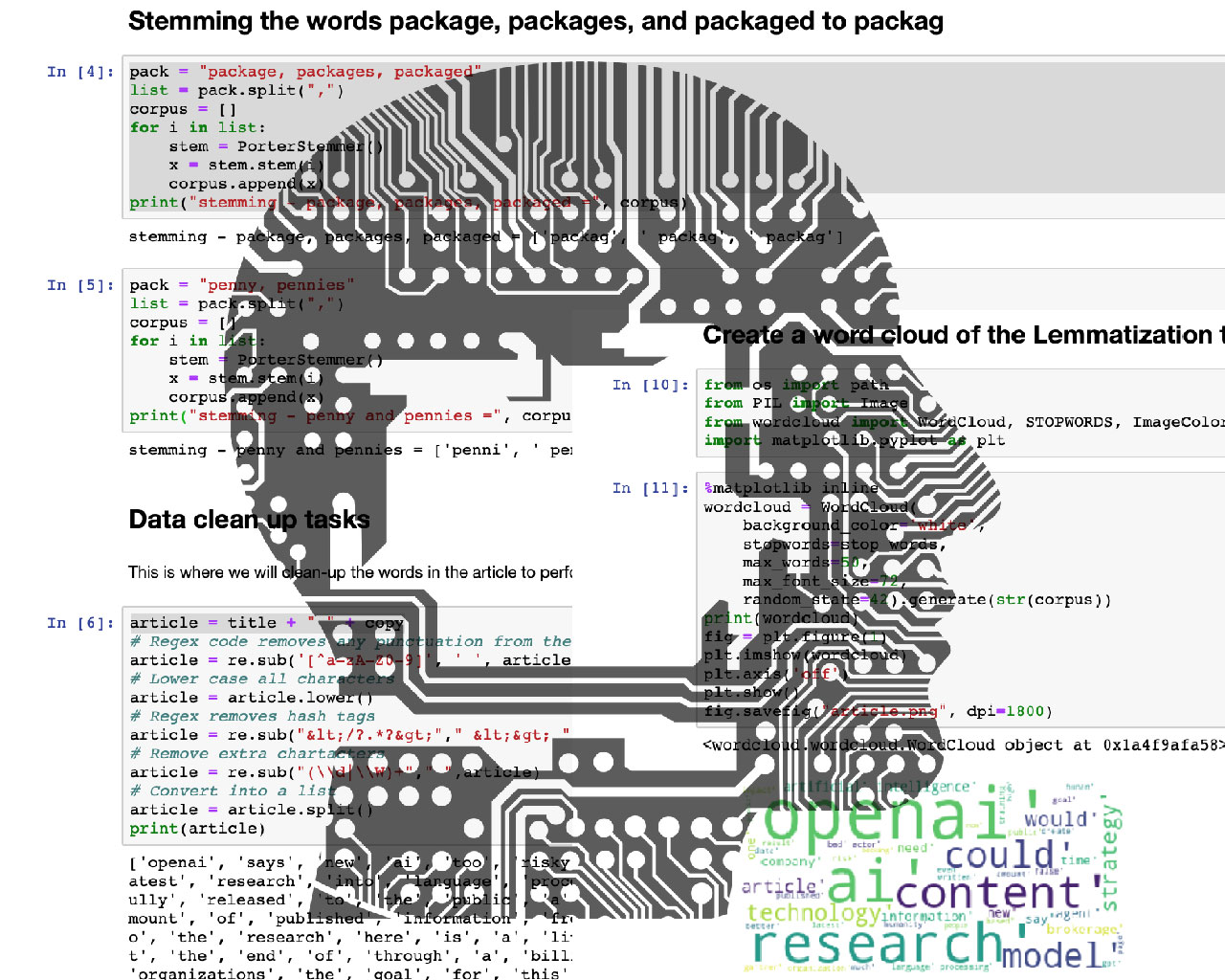

Stemming and Lemmatization is another essential NLP technique in the preprocessing pipeline that comes after tokenization. Though most of the industry prefers the word tokenization technique in NLP, it basically depends on the goal you set to achieve. Depending upon the language and purpose of the model, different tokenization techniques are used in NLP. Most tokenizers use “empty space” as a stop to create tokens. These tokens are building blocks and help understand the context in developing NLP models. It requires a long string of text and is divided into smaller units called tokens, which form words, symbols, numbers, etc. Tokenization is a vital step in word processing for any NLP application. Tokenization is one of the most basic and straightforward NLP techniques in the natural language process. (While you’re at it, you may like to explore the Top 12 Natural Language Processing Applications for Businesses). We have compiled a list of the top 14 natural language processing techniques contributing significantly to the continual betterment of the NLP industry in particular and AI in general. It also uses semantic and syntactic analysis to understand grammatical rules and find the real meaning of communications. Then, the AI provides algorithms to the machine to identify and process the norms of the language. This vectorization allows the machine to transform language into something it understands and lends meaning to.

Technically, it breaks incoming language into small parts that can be processed and analyzed through text and speech vectorization. It also decodes the meanings and intentions of the words. In short, the NLP is not only responsible for finding keywords. Its counterpart is natural language generation, which allows the computer to react with an answer. How do they do that? Well, by decoding unstructured data! Contemplating not only the language as a succession of symbols but also the hierarchical structure of natural language, that is, sentences or phrases as coherent ideas.Īt this point, it’s also essential to understand the concept of NLU, Natural Language Understanding, a subcategory of NLP, which enables machines to understand incoming audio or text. Humans can communicate and interpret this information through the tone, the structure of a sentence, idioms, and other linguistic elements, and the choice of certain words, expressions, and punctuations.Īnd machines can understand that complex set of data and information through natural language processing. What is expressed in writing or orally generates a large amount of data and information. In fact, Chatbots with Artificial Intelligence involve a combination of natural language processing and Machine Learning. Machine Learning allows the development of algorithms capable of learning and making predictions for machines’ progression and evolution.īoth NLP and Machine Learning are part of AI, and both share techniques, algorithms, and applications. Combining algorithms makes it possible to create machines with the same capabilities as humans, such as decision-making. This is how computational linguistics arises.Īrtificial Intelligence includes various technologies that make it easy for machines to develop their intelligence. For example, programming a computer to understand, process, and generate language like a person. Thanks to NLP, it is possible to equip computer systems with capabilities to identify the use of natural language. Natural Language Processing (NLP) is a branch of Artificial Intelligence focused on the relationship between human language and machines, based on the use of natural language. New developments in technology and ever-evolving strategies refine the way AI processes language. Natural language processing changes all the time. In simple terms, natural language processing is a computer program that understands human language the way it is spoken.

The latest AI systems process natural language to engage in human-like dialogue, understand context, and deliver intelligent responses within milliseconds. That’s what makes embracing the contemporary natural language processing techniques so imperative.Ĭonversational AI (another flashy term for natural language processing!) extends beyond chatbots. Gartner believes that by 2024, up to 80% of digital brand experiences will be delivered to consumers through virtual personas. Natural language-enabled AI is fast becoming a necessity rather than a luxury in today’s world.


 0 kommentar(er)
0 kommentar(er)
